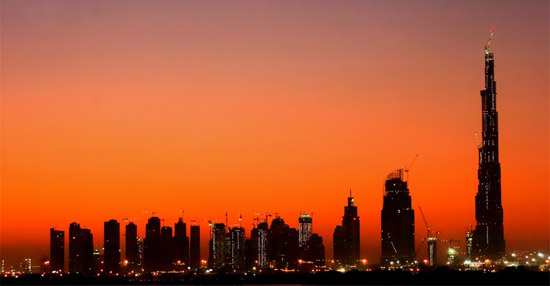
History of Dubai: Overview
An ancient mangrove swamp that dates back more than 7,000 years sat covered in sand for over 5,000 years on the shores of the Persian Gulf. That swamp is part of the most populated city on the Arabian Peninsula, Dubai. Dubai was a trading center between the East and the West for centuries and little was known about it until the world of Islam found it in the 10th century. The earliest recorded information about Dubai was written in the Book of Geography in 1095 and a Venetian pearl merchant mentioned it after a visit in 1580; the sea around Dubai was rich in pearls. Actual documents about the city of Dubai were not recorded until 1799. Dubai’s location made it an important port of call for foreign traders. The British influenced the development of Dubai in the 19th century and the area continued to grow even though a smallpox epidemic and a devastating fire destroy most of the homes in the area in 1894. Dubai became an important port and continued to attract tradesman from India, who eventually settled in the town. In 1966 oil was discovered in Dubai, so the city and the region went through an incredible metamorphosis.
When the British left the Persian Gulf in 1971, Dubai, Abu Dhabi and five other emirates decided to unite and form what is now called the United Arab Emirates. The discovery of oil attracted workers for Pakistan and India, so the population grew by over 300% from 1968 to 1975. Today Dubai is immersed in unique real estate development projects, has the world’s tallest freestanding hotel and is the biggest tourist attractions in the Middle East.
